AHDB forecasts 2021 demand against backdrop of Covid-19
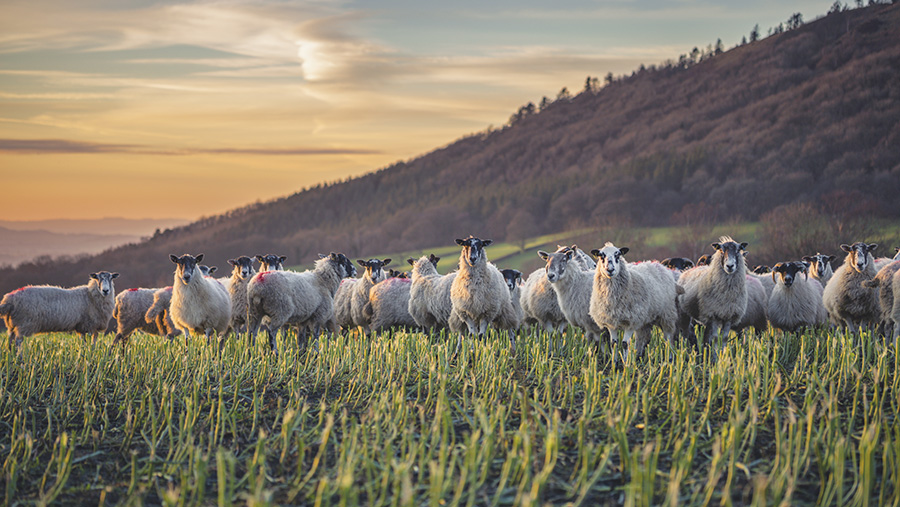 © Adobe Stock/Eddiecloud
© Adobe Stock/Eddiecloud The ongoing uncertainty of the Covid-19 pandemic and its effect on the food service sector has made forecasting the fortunes of various agri-commodities more challenging than ever, says the AHDB.
The pandemic had a huge effect on food trends, moving from eating out to consuming more meals at home, with retail markets performing incredibly well.
In 2020, total demand for beef increased 3%, pork 1%, lamb 3% and potatoes 6%.
With 2021 on the road to the new normal, the AHDB has forecast demand will decrease from the highs of the previous year as restrictions ease, but will still be up on 2019.
See also: Outlook 2021: Pig sector three-point plan for secure future
Beef
Production and prime slaughterings are predicted to fall by about 5% this year compared with last year, says Duncan Wyatt, AHDB red meat lead analyst.
Fewer British cattle will be coming through now because more cattle were brought forward towards the end of 2020, with slaughter ages decreasing, due to high prices and decent demand from the retail sector.
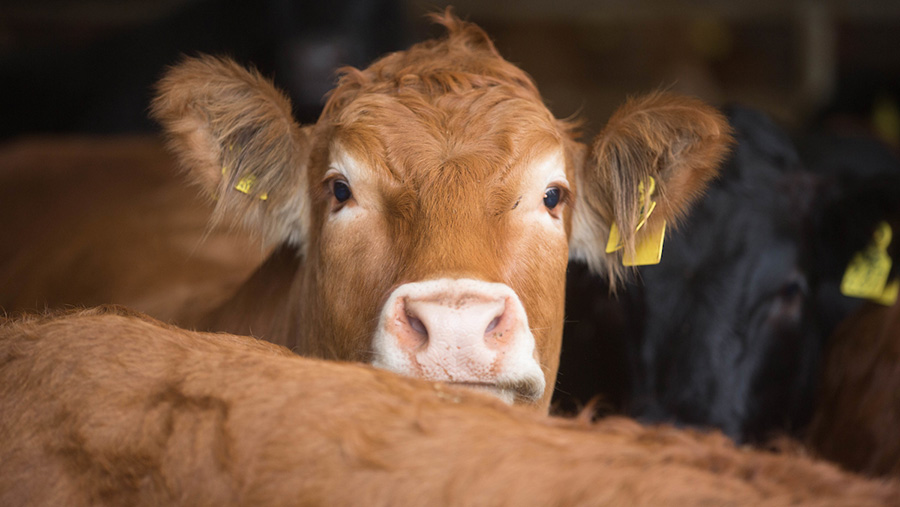
© Tim Scrivener
Demand is expected to be down by 3%, back roughly to 2019 levels, while imports are expected to rise by about 4% and exports to fall by about 3%.
“If later in the year the food service market does start to reopen, demand will come out of retail and go into food service – and this is true for beef, lamb and pork,” Mr Wyatt says.
“Imports do particularly well at food service, so the support for British cattle prices may start to reduce slightly then if competitively priced imports start to come in.”
Lamb
Despite a decent lambing rate last spring, the AHDB is also forecasting a decline in lamb production this year.
It is likely clean sheep will be pushed out either end of the year (some brought forward in 2020 and some to go as old-season lambs in 2022), reducing prime supply in 2021 by about 4%, says Mr Wyatt.
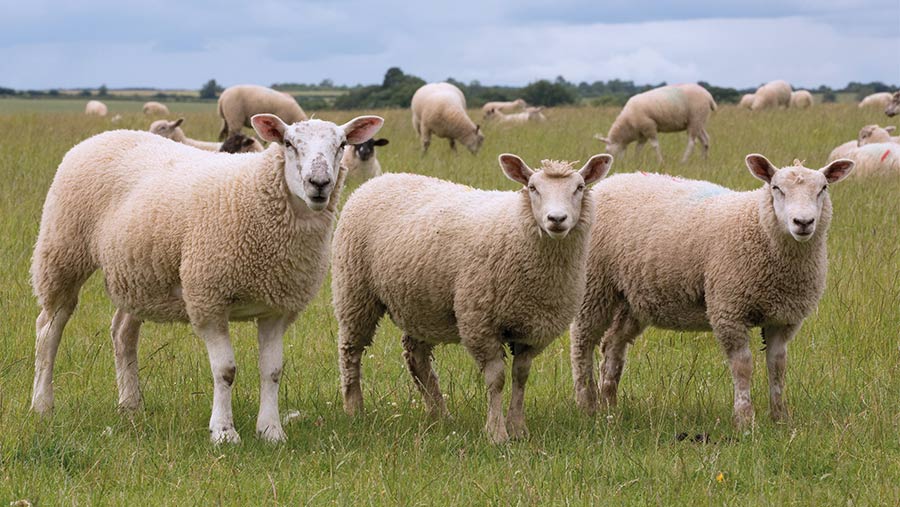
© Tim Scrivener
Demand for lamb is predicted to decline by about 3%.
Lamb stocks seem to be tight globally, with imports expected to be 2% lower, and exports 4% lower.
Pork
In contrast, pork production is forecast to increase this year, with pigs that would have been slaughtered in 2020 held back to 2021, as well as a natural upward trend in productivity.
Production is probably going to be about 4% higher, says Mr Wyatt, with pigs slaughtered up 3%, which will take the UK above 1m tonnes of pork produced for the first time.
Carcass weights have been getting heavier and are expected to continue to do so, keeping production levels above slaughtering.
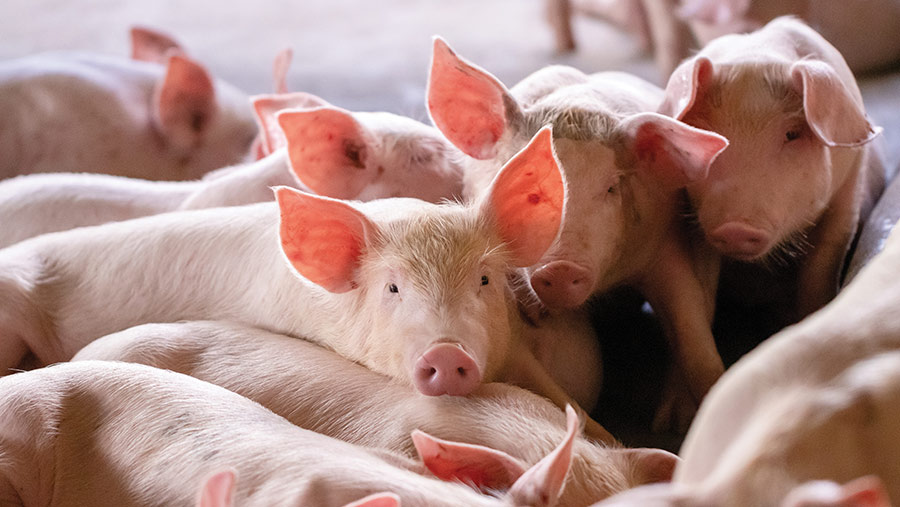
© Adobe Stock
However, demand is forecast to decline by about 2% on the year, to below 2019 levels.
To balance the market, the UK will have to reduce both imports (by about 8%) and exports (by about 7%).
“One to watch is Chinese demand, because we know the Chinese herd is expanding, so we’ll have to wait and see how quickly that expands and what their demand for imported protein will be,” says Mr Wyatt.
Dairy
The 2021 production forecast for milk shows a small increase of half a percent on the previous year to about 12.59bn litres, says Patty Clayton, AHDB dairy lead analyst.
With no expectation for a repeat of the curtailment of milk production seen last spring, milk production should be able to carry on pretty much as normal, with supplies roughly equivalent to 2020 – assuming it is not affected by the weather.
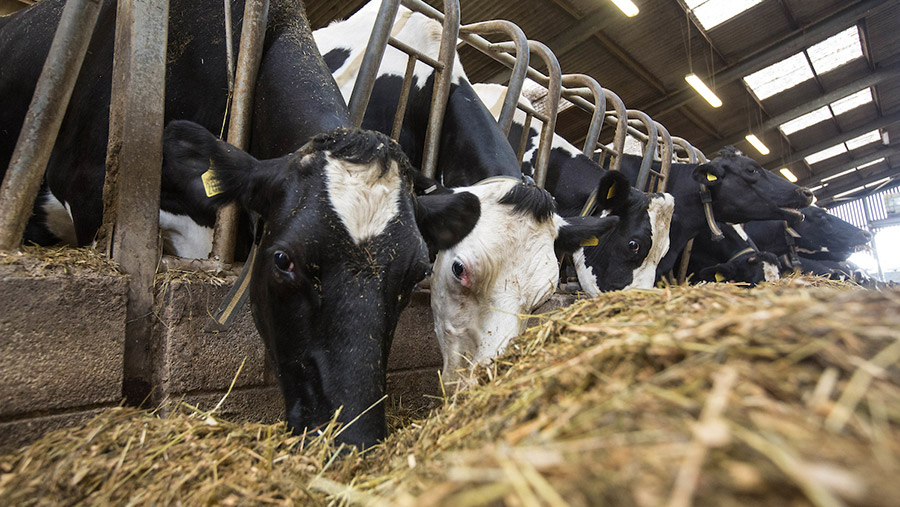
© Tim Scrivener
Out-of-home demand is key for milk and is the main uncertainty at the moment, she says, and the rate of recovery of the food service sector will be the biggest concern going into the spring flush.
The latest data for trade (covering January-November 2020) shows total imports for dairy dropped by 7% and exports also fell by 11% on the year.
“Milk prices should remain at a level that covers costs, but it depends on how low the out-of-home markets go and how high the stocks build, which could apply some downward pressure on farmgate prices later in the year,” says Ms Clayton.
Potatoes
The key issue for potatoes at the moment is that seed potatoes were not granted third-country equivalence as part of the EU trade deal and so are not able to be exported to Europe, says Vikki Campbell, AHDB arable market specialist manager.
“If we don’t reach an agreement with the EU by about mid-April, we could see the seed potato area contract, because the product destined for the EU market will have lost its home, so the next few months are critical,” says Ms Campbell.
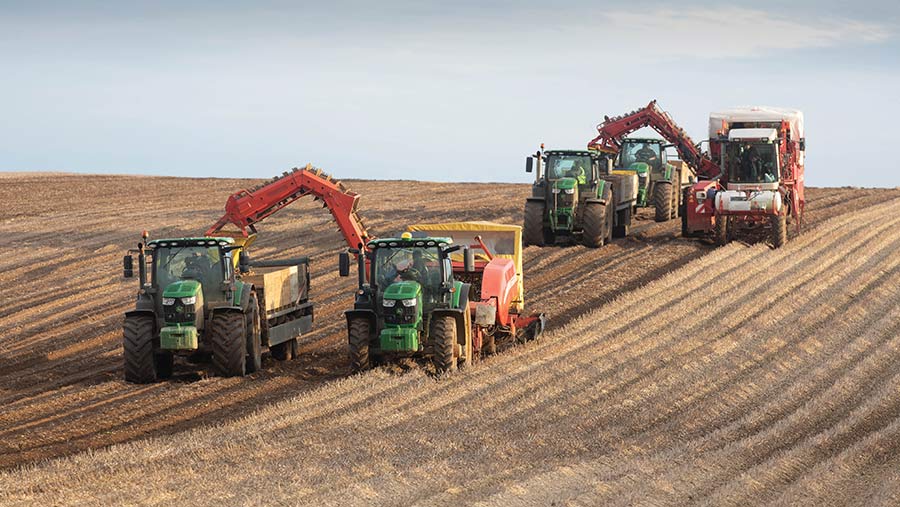
© Tim Scrivener
The seed potatoes agreement was due to be discussed by the EU Committee on Thursday (28 January), with an answer expected in February.
Wheat
With a sub-10m-tonne crop in 2020, domestic supply has been tight for wheat, meaning prices have had to match imports.
Going forward, the UK must still have an aggressive import campaign, says Ms Campbell, even though the AHDB’s Early Bird Survey shows the wheat area has rebounded by about 28% for the 2021 crop, which went into winter in a better condition than last year.
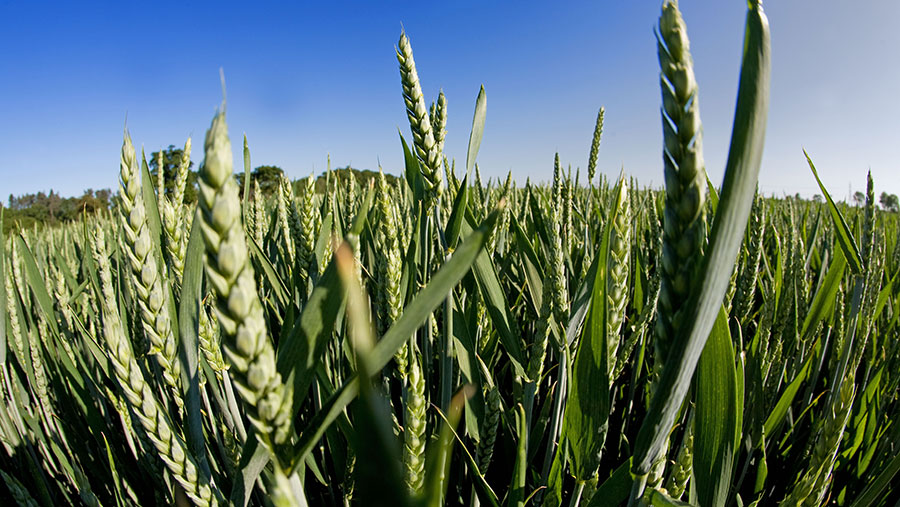
© Tim Scrivener
Oilseed
The rape seed area is back 18% on last year, with the expectation for a crop of anywhere between 0.85-1.2m tonnes, depending on yield potential, says Ms Campbell.
This means the UK will have to maintain its net importer status next season.
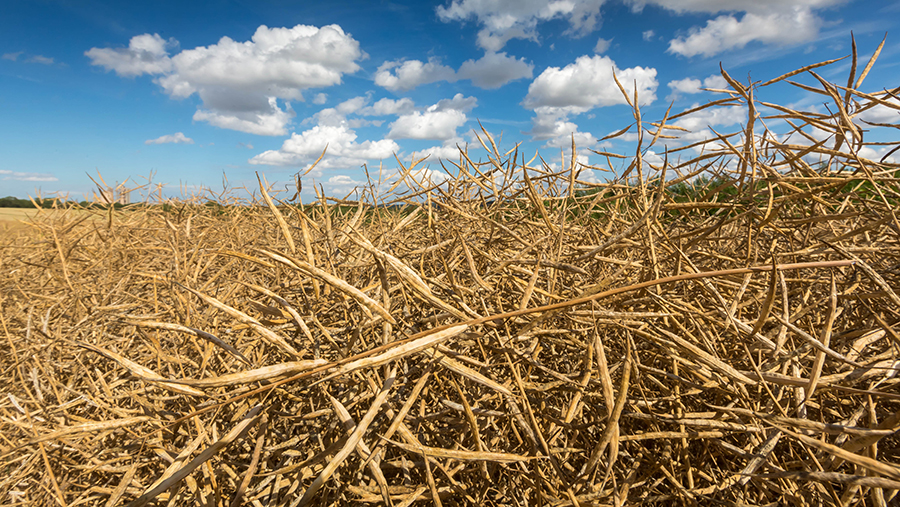
© Tim Scrivener
